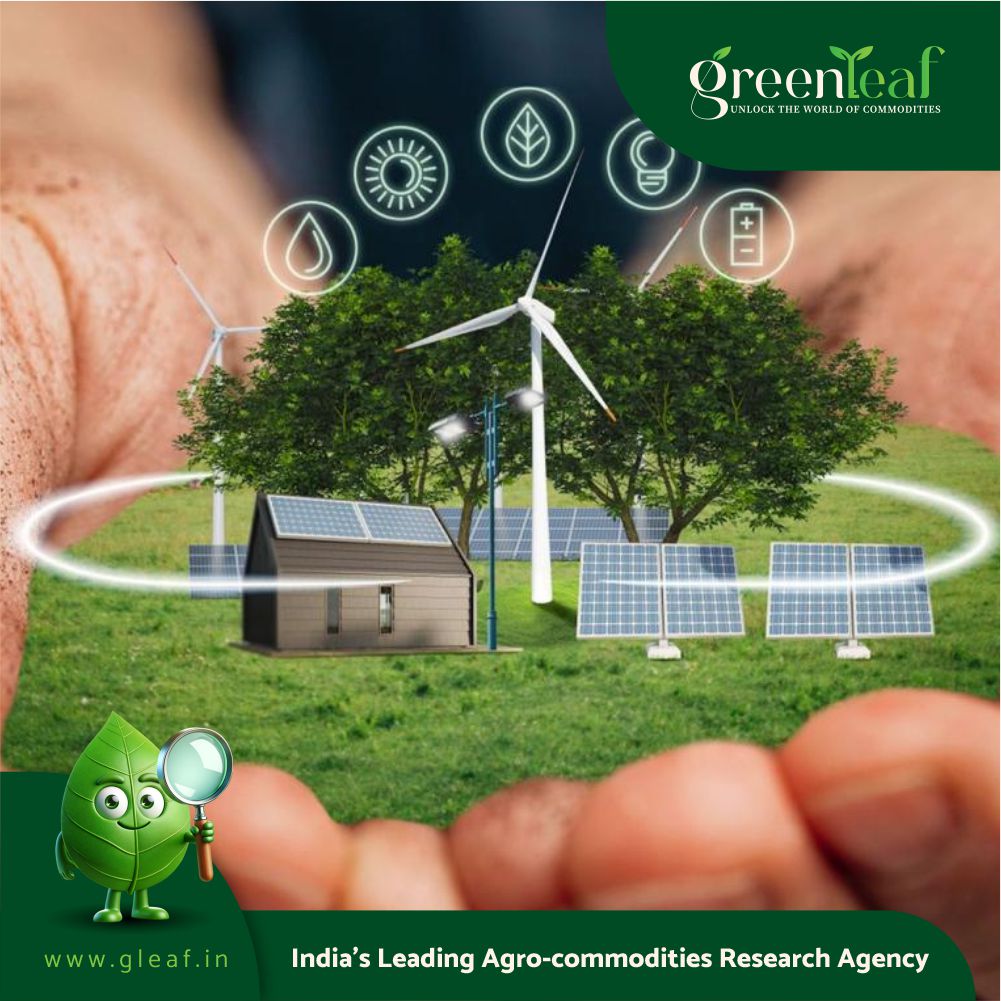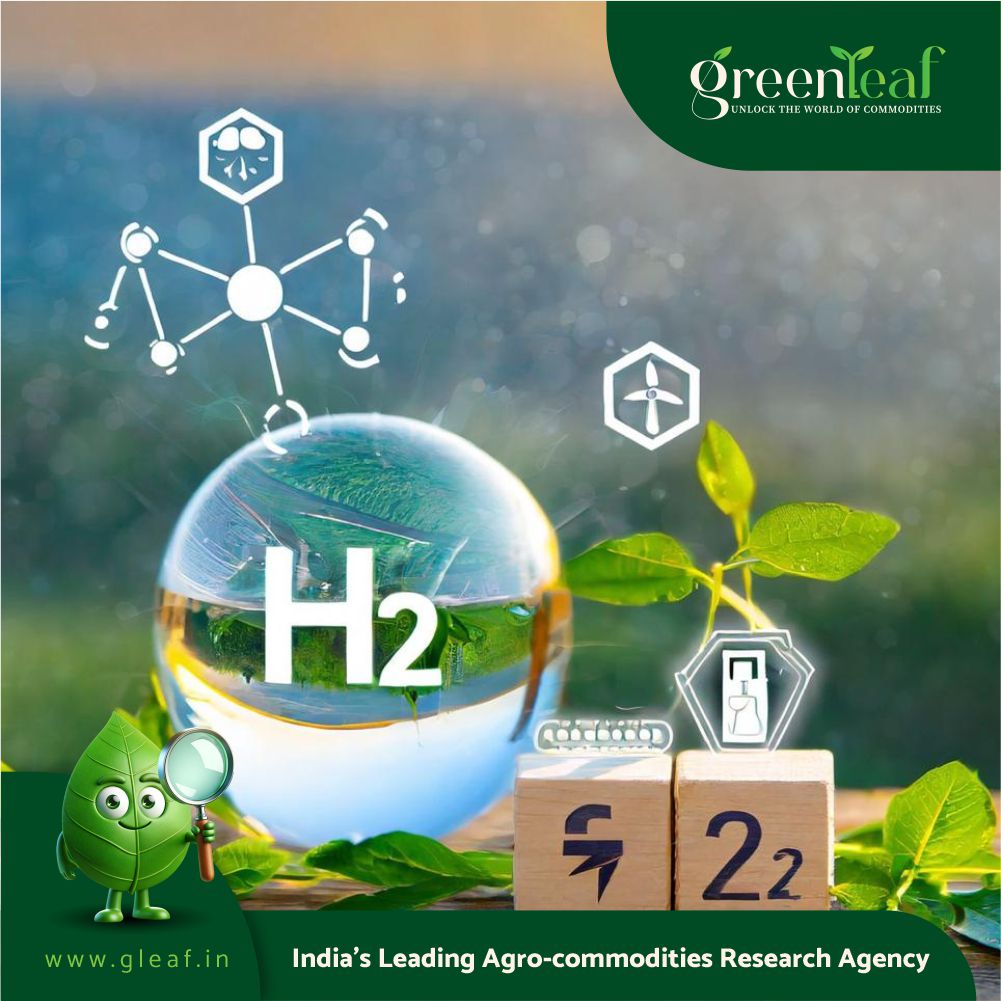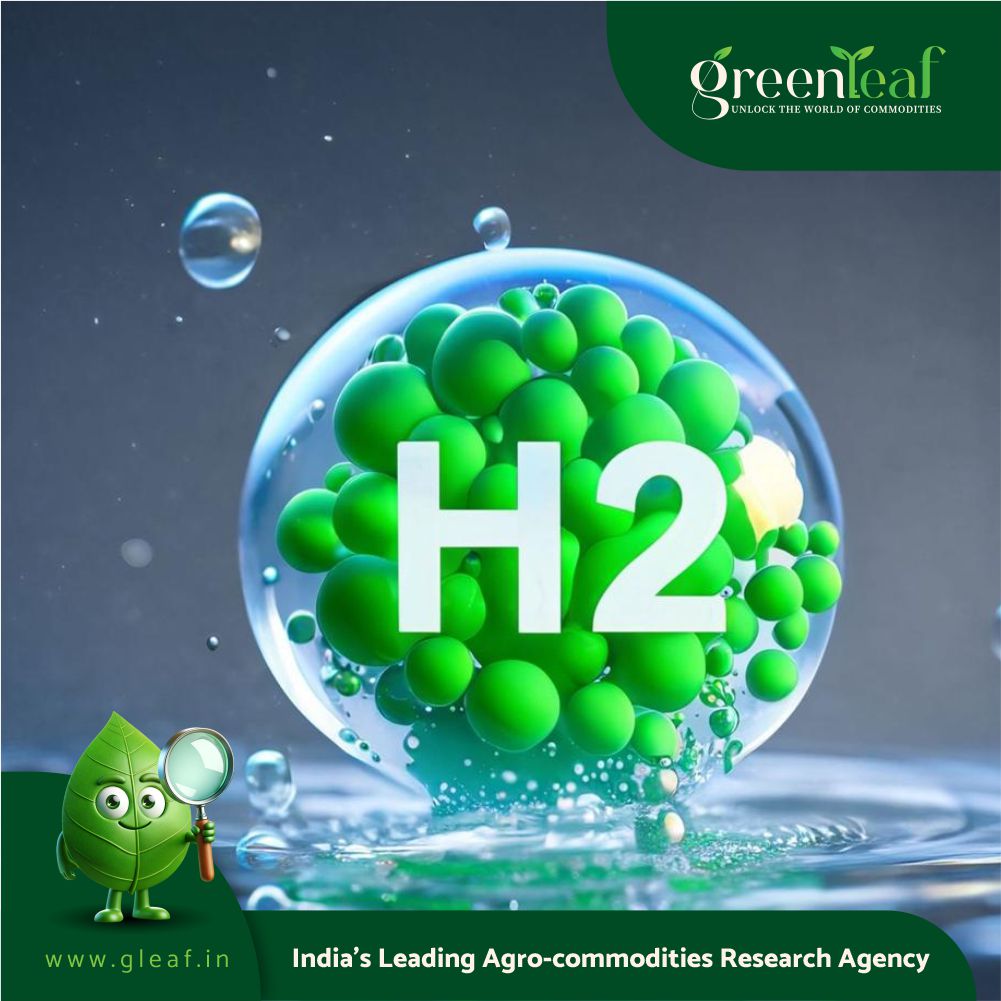The US Treasury’s final hydrogen 45V guidance establishes the rules for qualifying electrolytic hydrogen projects, establishing an accounting framework for projects to follow. The rules maintain the “three pillars” overall structure — requiring producers to build and deliver clean power, at the time of production, to hydrogen projects to qualify for the tax credit.
This memo explores the essential elements of bringing projects to market under the new guidance: understanding the foundational requirements, exploring contract structures from basic power purchase agreements to complex Energy Attribute Credits (EAC) strategies, and leveraging existing systems while preparing for more sophisticated tracking mechanisms. The rules of the game are now set — it’s time to focus on winning strategies.
For project developers, understanding the rules is crucial to optimize projects and contract with qualifying clean electricity production. In order to secure financing and start building, they will need to be prepared for a shift to hourly matching in 2030 and meet the delivery requirements of their customers.
The simplest path starts with contracts. Something that’s already available now in the form of direct agreements with clean power facilities. These contracts can build off decades of commercial experience with clean power procurement and registries, while providing the additional hourly data.
The guidance also allows for increasingly sophisticated approaches as markets mature. This framework creates a market-driven system where regions with the strongest clean energy deployment will offer the most competitive opportunities for hydrogen production.
The Important Details
The 400+ page final rule covers a lot of ground, but certain details are more important to project development than others for project design. The rule adds key flexibility to the overall system, while maintaining the general structure of time-matching, regionality, and incrementality.
The final rule sets up a market-based system, enabling the creation of certificates that can be produced and traded, while establishing guardrails to avoid double-counting and ensure real emissions reductions. It also creates an important safe harbor — all projects that start construction can lock in these rules (and the current GREET version) for the lifetime of the project.
Incrementality
Key provisions:
- All projects built up to 3 years before the hydrogen facility was placed in service can provide qualifying EACs to that facility.
- Existing nuclear power can qualify under certain conditions that indicate retirement risk, including average annual gross revenue of less than 4.375¢/kWh in any 2 years from 2017-2021.
- It must also be merchant nuclear (50%+ wholesale market sales) or a single-unit plant with a 200 MW cap per reactor.
- Nuclear restarts and uprates also qualify.
- Projects are exempt from the incrementality standard if a state has decarbonization standards and an emissions cap program which act as emissions guardrails — currently both California and Washington qualify.
- There are currently no avenues to prove “curtailment” due to administrative complexity.
The final rule takes a broader approach to incrementality than initially proposed. By including at-risk nuclear plants and state exemptions, the rule provides clearer guidance while maintaining incrementality as a requirement.
Temporality
Key provisions:
- Extends annual matching to 2030, after which all projects are required to hourly match.
- The final guidance includes additional flexibility by calculating the credit separately for both each hour and each electrolyzer — however, the overall facility must meet a 4kg CO2/kg H2 cap.
- Each electrolyzer — or a system that uses electricity to split water into hydrogen and oxygen — (not balance of plant) is considered a facility, allowing projects to allocate certificates strategically — in practice projects will only lose the credit for the volume of electricity that is not covered by.
- The guidance allows for the use of non-incremental grid storage if a registry emerges that can track and trace these EACs.
- Carbon capture and sequestration added to a power plant can provide EACs to a project, which will be valued at the new average annual emissions rate of that facility.
The new temporal requirements are far more practical (the proposed rule stated that if a project missed enough hours, they could lose the credit for an entire year). The final rule’s shift of hourly matching to 2030 provides a longer runway for market development, but the most important change involves the way the Treasury handles periods where a project needs to rely on the grid.
The hydrogen final guidance is different from the proposed rule, in that it provides two forms of flexibility:
- It allows a company to calculate emissions from each hour separately
- It allows a project to calculate emissions from each electrolyzer separately
- The guidance indicates that developers can register each interdependent electrolyzer as a “facility”
This means that if there aren’t enough EACs available to fully cover electrolyzer load in a given hour, the project can still get $3/kg for whatever EACs they are able to procure — the credit is not “all or nothing”.
It should be far easier to sign firm hydrogen offtake contracts and take more risks, because projects can pull grid power in a pinch.
Deliverability
Key provisions:
- Clear boundaries that can be grandfathered for projects
- Cross-regional clean electricity allowed with proper transmission rights
- Hourly NERC E-tag tracking required
- Additional attestation needed for Canadian/Mexican imports
- Safe harbor provisions for deliverability zones
- No transmission losses included for EACs
The final guidance creates a predictable system for determining if a clean power facility is “deliverable”, with well-defined boundaries and a safe harbor. If a power facility qualifies as deliverable for one year, it can qualify over the credit period to provide certainty. The cross-regional and cross-border system opens the door to more variety.
Contracts and registry requirements:
- The final guidance requires the use of a registry to avoid double counting.
- There are no requirements on the type of contracts (e.g., physical bundling of power and EACs) as in Europe — this allows for a broader set of contracts and markets to emerge.
- States also have the ultimate say when determining how 45V overlaps with their clean electricity standard policies.
While not typically considered part of the “Three Pillars,” rules around contracting are a key decision point. In the EU, contracts require physical ownership of the associate power as well, which constrains the types of arrangements that can be considered. The US final rule was instead silent on those requirements, de facto allowing far more flexibility to trade and contract for these certificates.
The Requirements Add Up to a Market
These requirements create a market mechanism where supply and demand dynamics will play out across each region. The system’s success depends on the buildout of clean power in each region and, after 2030, the hourly load shape. The market ensures that hydrogen electricity demand cannot outpace clean power deployment in any region, which means regions with the highest clean capacity buildout will likely offer the most competitive EAC prices. However, hydrogen producers won’t operate in isolation — they’ll face competition from data centers and other granular power purchasers, both for EACs and for fundamental infrastructure access like interconnection rights.
















